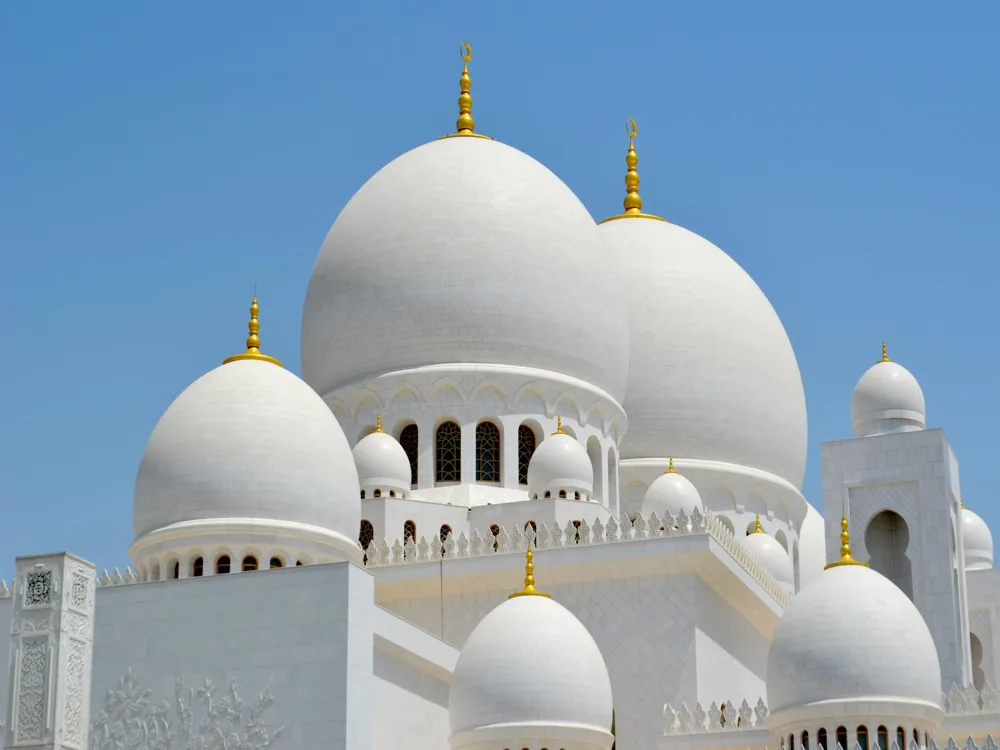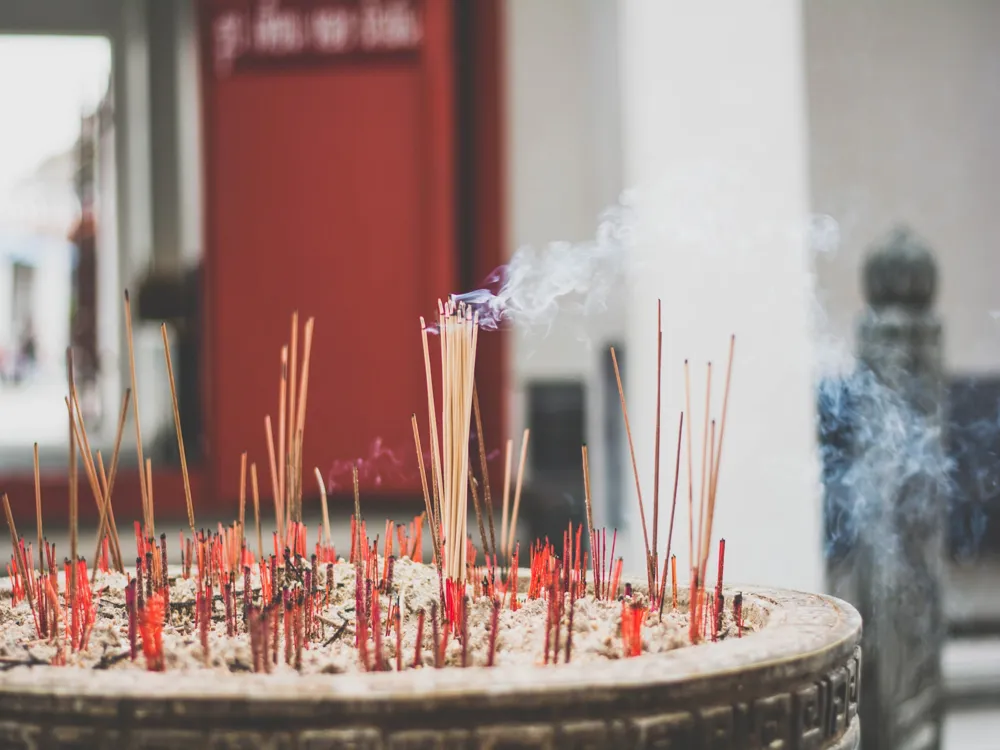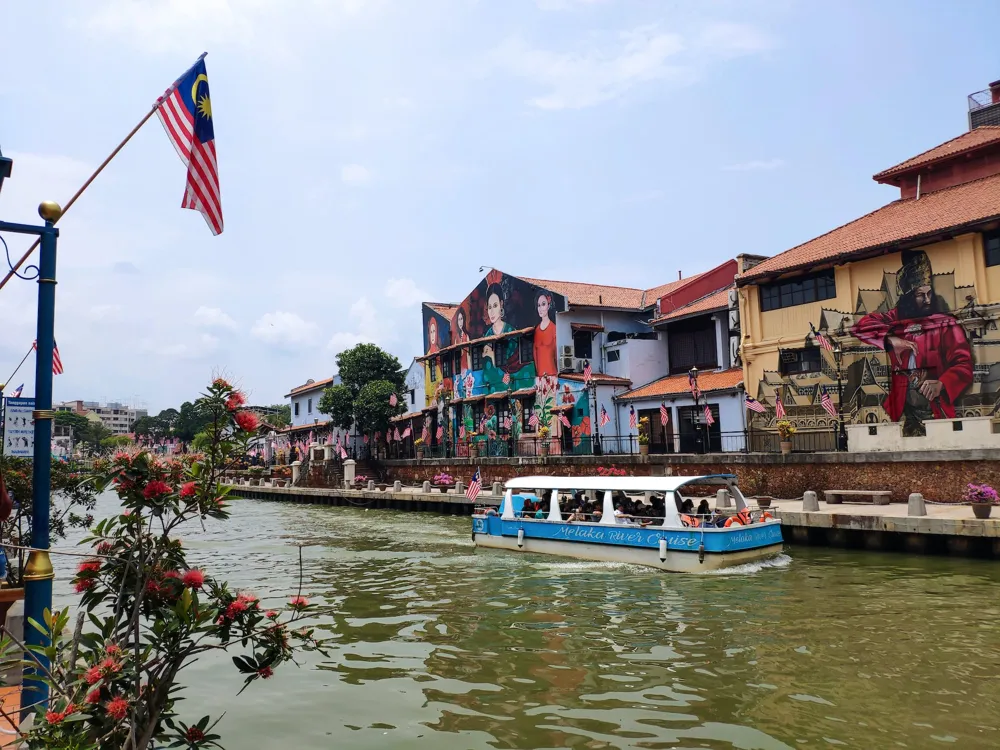Ho Ann Kiong Temple stands as a beacon of cultural and historical significance in Kuala Terengganu, Terengganu. Established in the 19th century, it is revered as the oldest Taoist temple in the region, embodying a rich tapestry of cultural heritage. The temple, dedicated to the deity Mazu, serves not only as a place of worship but also as a symbol of the enduring spirit of the Chinese community in Malaysia. Its strategic location in the heart of Chinatown in Kuala Terengganu makes it a focal point for both locals and tourists. The temple's history is interwoven with the tales of early Chinese settlers who came to Malaysia in search of a better life. These immigrants brought with them their beliefs, customs, and architectural styles, which are reflected in the temple's design. Over the years, Ho Ann Kiong has undergone various renovations and restorations, yet it has retained its traditional charm and significance. The temple not only serves as a place of worship but also as a community center where festivals and cultural events are celebrated, fostering a sense of unity and cultural continuity among the local Chinese community. The architecture of Ho Ann Kiong Temple is a splendid showcase of traditional Chinese design, intertwined with local Malaysian influences. The temple's structure is a harmonious blend of ornate decorations, symbolic motifs, and vibrant colors, which together create an atmosphere of spiritual and cultural richness. The roof is adorned with intricate carvings and statues of mythical creatures, typical of Chinese religious buildings, signifying protection and prosperity. As one enters the temple, they are greeted by a grand archway, leading to the main hall. This archway is decorated with detailed engravings and calligraphy, setting the tone for the temple's artistic allure. The main hall is a testament to skilled craftsmanship, with its elaborate altar dedicated to Mazu, the sea goddess. The altar is flanked by stunning murals and tapestries, depicting scenes from Chinese mythology and history, resonating with the spiritual and cultural ethos of the temple. The interior of Ho Ann Kiong is a blend of solemnity and splendor. The use of red and gold throughout the temple signifies good fortune and joy, while the intricate woodwork and lanterns add to the mystical ambiance. The temple houses several smaller shrines, each dedicated to different deities, showcasing a variety of statues, incense burners, and religious artifacts. These elements combine to create a space that is not only visually stunning but also imbued with deep spiritual meaning. Every aspect of the temple's architecture holds symbolic significance. The dragons and phoenixes adorning the roof symbolize power and renewal, while the lions guarding the entrance represent strength and protection. The layout of the temple, following the principles of Feng Shui, is designed to ensure a harmonious balance of energies, reflecting the deep-rooted beliefs of the Taoist faith. While predominantly Chinese in design, the architecture of Ho Ann Kiong Temple also reflects the multicultural milieu of Malaysia. Elements of Malay and Indian artistic styles can be subtly observed in the temple's motifs and use of space, symbolizing the harmonious coexistence of different cultures in Malaysia and the temple's role in fostering this unity. Visitors are advised to dress modestly out of respect for the temple's religious significance. Avoid revealing clothing and ensure shoulders and knees are covered. Photography is generally allowed, but visitors should look for signs indicating restricted areas. Always be respectful and avoid disrupting worshippers. As a place of worship and cultural heritage, it's important to be mindful of local customs and traditions. Observe and follow the practices of locals, and feel free to ask questions politely. While not mandatory, visitors can make donations to contribute to the temple's maintenance. Donation boxes are usually located near the entrance. Ho Ann Kiong Temple is easily accessible by various means of transportation. For those staying in Kuala Terengganu, the temple is within walking distance from many parts of the city. Visitors can also opt for local buses or taxis, which are readily available and offer a convenient way to reach the temple. For international or out-of-state tourists, Sultan Mahmud Airport is the nearest airport, from where one can hire a taxi or use public transport to get to the temple. Additionally, for those who prefer a scenic route, boat services along the Terengganu River provide a unique way to reach the temple while enjoying the picturesque views of the city. Read More:Overview of Ho Ann Kiong Temple in Kuala Terengganu
Architecture of Ho Ann Kiong Temple
Interior Design
Symbolism in Architecture
Influence of Malaysian Culture
Tips When Visiting Ho Ann Kiong Temple
Dress Appropriately
Photography Etiquette
Cultural Sensitivity
Donations
How To Reach Ho Ann Kiong Temple
Ho Ann Kiong Temple
Kuala Terengganu
Terengganu
NaN onwards
View kuala-terengganu Packages
Weather :
Tags : Buddhist Temple
Planning a Trip? Ask Your Question
Kuala-terengganu Travel Packages
View All Packages For Kuala-terengganu
Top Hotel Collections for Kuala-terengganu

Private Pool

Luxury Hotels

5-Star Hotels

Pet Friendly
Top Hotels Near Kuala-terengganu
Other Top Ranking Places In Kuala-terengganu
View All Places To Visit In kuala-terengganu
View kuala-terengganu Packages
Weather :
Tags : Buddhist Temple
Planning a Trip? Ask Your Question
Kuala-terengganu Travel Packages
View All Packages For Kuala-terengganu
Top Hotel Collections for Kuala-terengganu

Private Pool

Luxury Hotels

5-Star Hotels

Pet Friendly






















